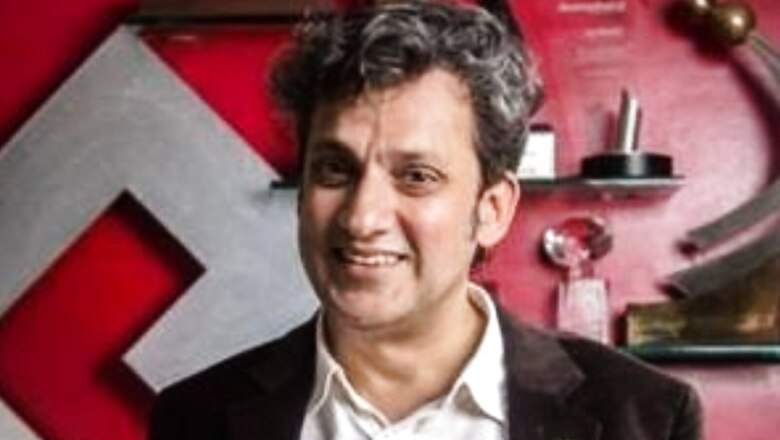
views
Filmmaker Kireet Khurana recently announced an 81-minute long documentary, The Invisible Visible, that will be released mid-2022 and was shot across Mumbai, Delhi, Patna, Dehradun, Kanpur and a few villages in Maharashtra and Bihar. The film’s poster and trailer was released in October.
Talking about his inspiration behind bringing real-life hard hitting stories to screens, he said, “In the 25 years as a filmmaker, I’ve been working on various social causes and stories in my feature and short films. But I happened to meet Tarique of Koshish and I learnt about the homeless. I realized, even though I am socially aware, I was ashamed that even I ‘invisiblised’ the homeless on the streets and looked past them as they didn’t exist. I figure that this malaise is so rampant across the country and there is no defining audio-visual documentation of the issue. I decided to use Tarique as an anchor to tell the stories of the homeless and talk about their issues.”
Speaking about unconventional versus commercial cinema in coming years, he said, “With the advent of OTT platforms and the percolation of world cinema, documentaries, shorts and films, there has been a perceptible shift of the audiences who are subscribers of these platforms. I think conventional cinema won’t be around for too long and we’ve seen some really bold, unconventional stories succeed more than conventional stories. So the ambition and appetite has certainly been whetted and platforms are no longer playing it ‘safe’. Yes, the star system is going to be around for some more time, but the pandemic has changed a lot of that as well and created a larger level playing field. With the world becoming a global village, over the next 5-10 years I would place all my bets on cinema that is truly different and dynamic, rather than a static, stale fare that is being dished out by the so called blockbusters using the same formulaic storytelling format.”
What does Khurana enjoy more – filmmaking or documentary making? “What I love about documentary filmmaking is the fact that you never know what kind of film you’re making, because it is totally unscripted. So except for certain markers and a brief synopsis which outlines the controlling idea of the film, you have no clue what you’re going to find, whom you’re going to meet, what they are going to speak. Its totally unscripted and uncertain. That for me is true creativity, stepping into the unknown. I really like working in the documentary format, but not all stories are appropriate for the genre. On the other hand, if TIV was done in a fiction format, it would be fake and disastrous,” he said.
Your films have been winning awards at various Indian and International festival, what do you think works for you? He said, “I enjoy telling stories. The emotional they are, the better it is for the audience. I enjoy writing stories, crafting films. For me, a subject is far more important than the format, be it in live-action fiction feature, animation, shorts or documentary I’ve dabbled in all successfully and earned multiple awards in each of these domains. Yet, every seed idea, every story has a format for it, and its very evident from the basic premise or controlling idea what that should be. Since, I have succeeded in all the formats, I don’t like to label myself in a specific mould. I would like to be genre agnostic. I would like to explore ideas that are worthy of being told as a story and then decide the format later. This is what works for me.”
Khurana’s notable directorial works include feature film T for Taj Mahal, docu-feature Saeed Mirza – The Leftist Sufi, Komal and India’s first live-action and 3D animation combination feature film Toonpur Ka Superrhero starring Ajay Devgn and Kajol.
Read all the Latest Movies News here




















Comments
0 comment